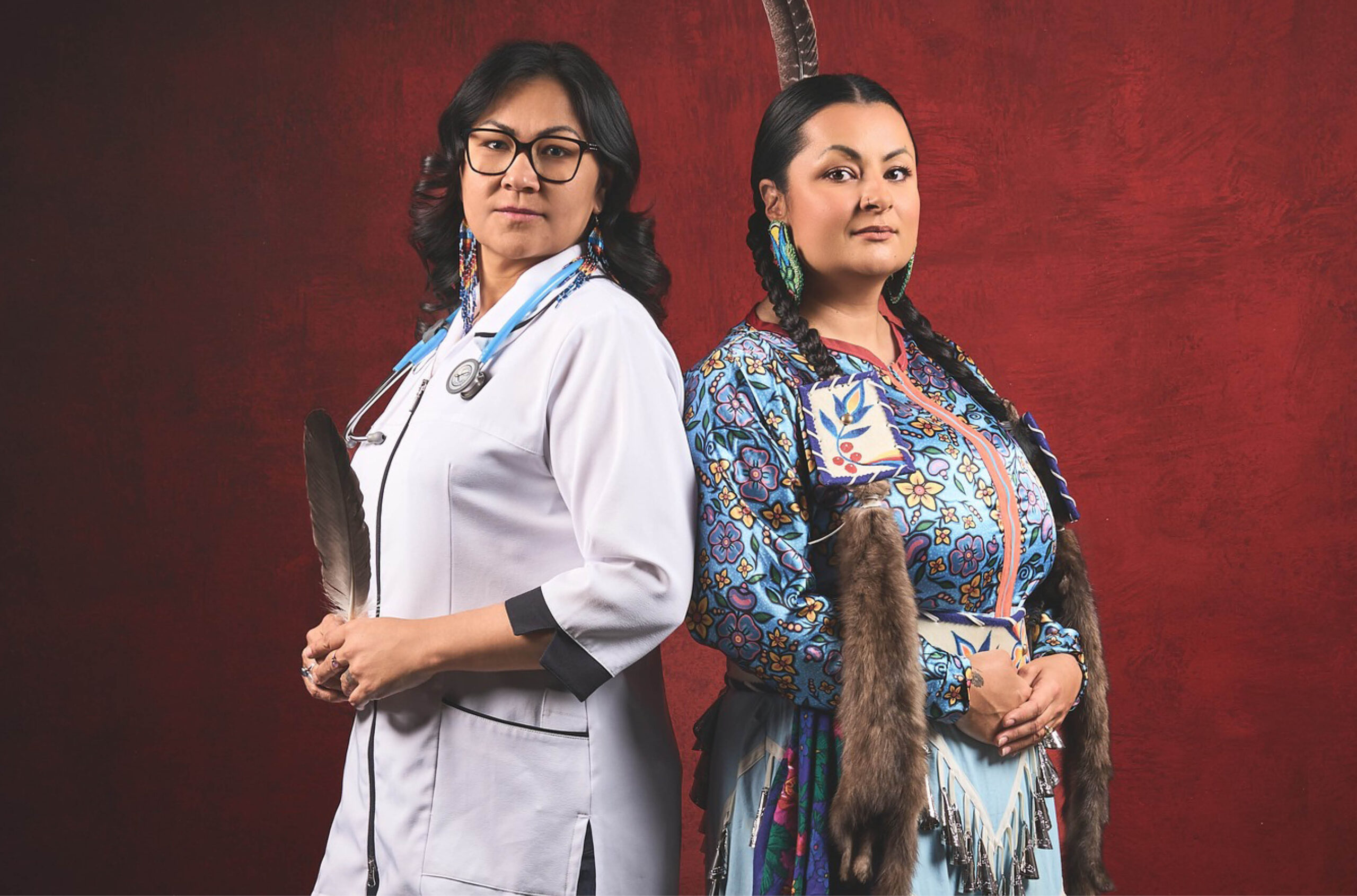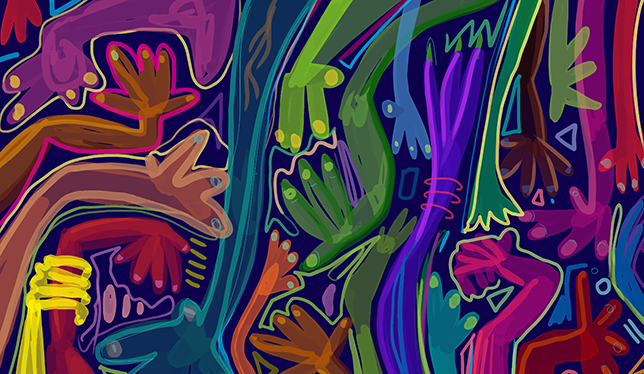Making a long-term commitment to Indigenous education
For lasting transformation to occur, these changes need to be embedded in our administrative and educational structures.

In June 2015, the Truth and Reconciliation Commission released its 94 Calls to Action. A year ago, I wrote about the role that university administrators can and should play in reconciliation efforts. I’d like to offer a few further reflections on how universities can ensure that changes made in response to the TRC remain embedded in the educational system over the longer term.
Many universities across Canada have responded to the TRC. Some have reaffirmed their commitment to Indigenous education while others have established committees charged with addressing the TRC recommendations. At my home university, we worked through our Indigenous education council to reaffirm that our strategic directions were aligned with the TRC recommendations and, more recently, we established a task force.
Some of the more prominent initiatives by universities to encourage truth and reconciliation include increasing the number of Indigenous faculty and students; supporting Indigenous leadership on campuses; embodying Indigenous history, knowledges and culture in the curriculum; integrating Indigenous perspectives in research ethics; and ensuring that there are spaces for Indigenous peoples that are reflective of their social, cultural and academic needs. In fact, many institutions have now started to implement their plans in very real and concrete ways.
However, I have come to realize how tenuous change can be. Real reconciliation is not about window dressing or, as I told a friend recently, about putting icing on the cake. For lasting transformation to occur, these changes need to be embedded in our administrative and educational structures. For example, I recently heard that when there was a changeover in the senior executive leaders at one university, the switch also came with a change in direction.
This is not unusual, as a changeover in senior leaders often comes with a renewed vision of what they want to achieve and how they plan to go about it. However, what is disconcerting is that commitments to Indigenous education are often made without strong pillars put in place to ensure that these changes cannot be easily dismantled. I contend that the Indigenous sector of any university still remains at risk if there are cuts to funding, for example.
I would suggest that senior leaders reflect deeply on the changes they are putting in place and ask some critical questions about longevity. How will Indigenous education strategies outlast changes in leadership? Are policies in place to support the changes over time? Have structural changes been made to the system? How will retention of new faculty hires be sustained?
I recommend developing strong policies that embed a long-term commitment to Indigenous education. I offer the following examples for departmental programs, student affairs and senior leaders:
- Commit to the inclusion of Indigenous histories, culture, language and knowledges in the curriculum and include this in senate policies. This will require laying a solid foundation with the academic faculties to ensure support.
- Include Indigenous representation on the board of governors and senate to ensure access to decision-making bodies.
- Embed Indigenous councils into the governance of the university, rather than leaving them as advisory-only. Indigenous councils also require formal links to the board and senate to ensure cross-representation.
- Negotiate formal retention initiatives with the faculty association and administration to support Indigenous faculty and ensure that they are set up to succeed.
- Re-examine research ethics protocols and ensure that they are not creating undue hardship for Indigenous faculty and students who are also doing research.
- Dedicate and name spaces. While many universities already have cultural spaces, there needs to continue to be physical markers of Indigenous presence on the campus by way of bilingual signage and named spaces that use the Indigenous language of the territory. It is also important to erect signage across campuses that accentuate and acknowledge the presence of Indigenous peoples.
These are just some reflections on how to ensure that structural changes at our universities are permanent. I remain deeply committed to making transformative changes that are lasting for seven generations, thereby enduring beyond the life of any individuals who are currently working in the system.
Featured Jobs
- Business - Assistant Professor (Digital Technology)Queen's University
- Political Science - Assistant Professor (Political Theory)Saint Mary's University
- Science - Assistant Professor (Teaching)The University of British Columbia
- Psychology - Assistant Professor (Clinical Psychology)Queen's University
- Division Chair/Division Head/Chief and Academic Vascular SurgeonWestern University

















Post a comment
University Affairs moderates all comments according to the following guidelines. If approved, comments generally appear within one business day. We may republish particularly insightful remarks in our print edition or elsewhere.
2 Comments
At Confederation College we continue to implement the Indigenous Learning Outcomes that were developed by Negahneewin Council ten years ago. At the School of Business, Hospitality and Media Arts, where I Chair, we are developing a community of learners approach to supporting faculty development. Universities and colleges need to do more and Sheila Cote-Meek offers insightful suggestions on a good way forward.
I’m an alumni of an Ontario university. Going forward, my support of “alma mater” will be dependent on the progress they make in genuinely pursuing #Reconciliation and the permanent changes necessary to become a place that serves Indigenous learners and academics equally with non-Indigenous.